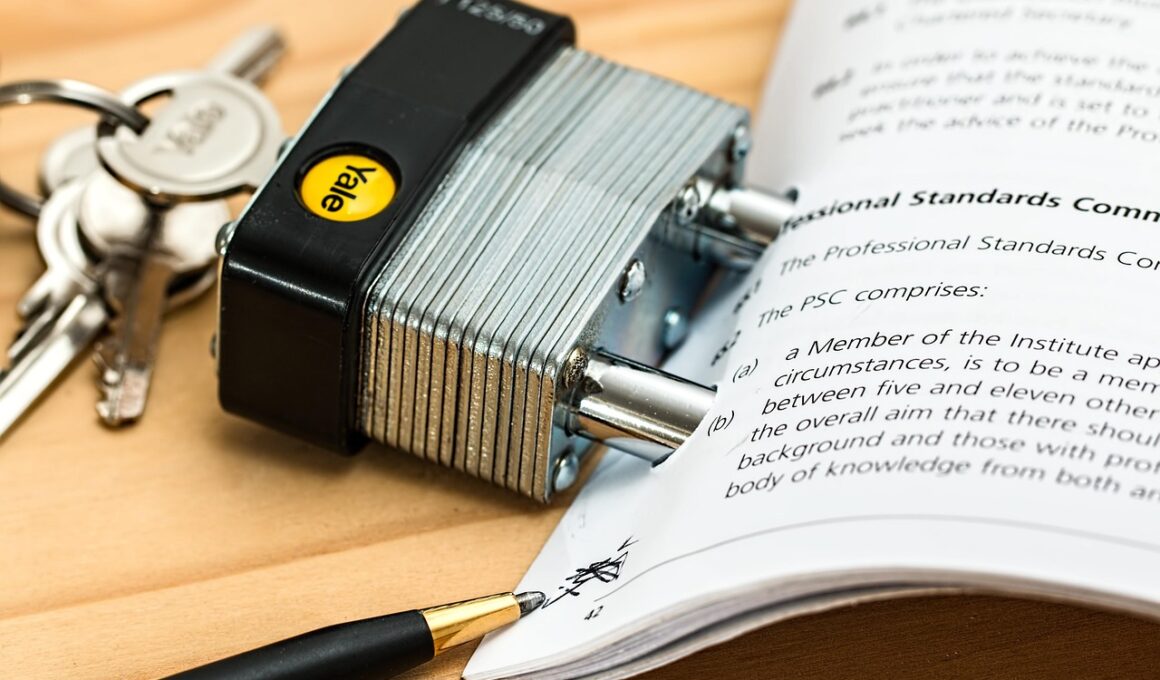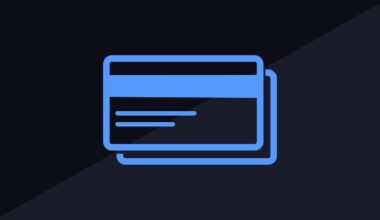How to Turn Unsecured Debt into Secured Debt for Better Terms
Understanding the nuances between secured and unsecured debt is essential for effective financial management. Unsecured debt, typically including credit cards and personal loans, doesn’t require collateral, making it riskier for lenders. This leads to higher interest rates and less favorable repayment terms. Secured debt, on the other hand, requires an asset as collateral, such as your home or car. This lowers the risk for lenders, allowing for better interest rates and loan terms. By leveraging assets, you can transform your financial obligations, providing a smoother repayment experience. Recognizing the difference is crucial for those looking to gain control. Many consumers are unaware of how their credit scores and financial behaviors dramatically affect the terms they receive. By strategically converting unsecured debt into secured debt, you can harness the power of lower interest rates to mitigate monthly payments and reduce the overall cost of borrowing. This article will help you understand how to make this shift effectively and ensure you understand the potential risks and benefits involved. Are you ready to take the next steps toward better financial health and reduction of debt? Let’s explore how you can achieve this.
The Benefits of Secured Debt
When weighing the pros and cons of secured versus unsecured debt, it’s essential to focus solely on the benefits of secured debt. One major advantage is the potential for lower interest rates. Since secured loans lower the lender’s risk, they are more likely to offer favorable terms. This makes it easier to manage and pay down your debt over time. Furthermore, the possibility exists to improve your overall credit score by demonstrating your repayment ability. Secured debt often leads to more manageable payments, which can keep you on track with your financial goals. Additionally, you may find that the repayment terms for secured loans are typically longer, providing the flexibility needed to budget monthly expenses more effectively. Some consumers even leverage secured loans to consolidate existing unsecured debt, further simplifying their financial landscape. In this way, securing debt can lead to a more streamlined repayment process. However, remember that you put your assets on the line; thus, you should thoroughly assess whether the benefits outweigh the risks involved in this strategy.
To start the process of converting unsecured debt to secured debt, it is vital to conduct a thorough assessment of your current financial situation. Review your existing debts, interest rates, and monthly payments, identifying which are the highest priority. This allows you to strategize how to convert your unsecured debts effectively. Many individuals recommend creating a budget that outlines income and expenses so that you can allocate funds appropriately toward paying off the most pressing debts first. Inquiries into your credit score should also be made since this typically influences the types of secured loans for which you may qualify. Researching lenders that offer secured loan options is crucial for maximizing your benefits, as different financial institutions have various requirements and terms. It’s also wise to seek loan products that are less restrictive in nature. Doing so saves both time and effort. If you hold multiple credit cards or personal loans, consolidating them into one secured debt can simplify repayment and potentially lower your interest rates. This strategy serves as both a financial tool and a pathway to greater stability.
Understanding the Risks Involved
While there are numerous benefits to converting unsecured debt to secured debt, understanding the associated risks is equally important. One significant risk is losing the assets used as collateral in case of defaulting on the loan payments. This can lead to severe financial and emotional consequences, especially if the collateral is essential to your day-to-day life. Additionally, locking in assets can limit your ability to leverage them further down the line. It’s crucial to review the terms of any secured loan agreement closely; hidden fees and penalties can arise and result in unanticipated financial strains. Your focus should also center on maintaining a repayment plan that ensures you do not fall behind. Secured debt lots can also lead to increased borrowing, as individuals sometimes view their funded assets as cash reserves, increasing their financial liabilities instead of reducing them, thus not truly solving the debt problem. Evaluating the overall impact that secured debt may have on your financial health is imperative, allowing you to shift debts wisely without compromising future stability. Be informed and consider your unique situation.
Once you have determined the right lender and secured the necessary loan, it’s crucial to establish a robust repayment strategy. First, assess your monthly budget and allocate a specific amount toward repaying the secured debt. Having a clear plan can help avoid falling behind on payments or defaulting, which could result in losing your asset. Make sure to prioritize this payment within your budget to maintain your credit standing. Additionally, staying organized with a reliable tracking system is vital; this could mean setting reminders for payment dates or utilizing financial apps designed to help with budgeting. Dynamically managing your financial obligations can also entail making extra payments whenever possible, reducing the overall loan amount and interest you will pay over time. Building an emergency fund can also provide a safety net when dealing with secured debt, helping you avoid disruptions that may prevent timely payments. Ensuring all aspects of your financial strategy are aligned sets you up for success. This preparation minimizes the stress often associated with debt, allowing for a more systematic approach to financial wellness as time progresses.
Strategies for Staying on Track
Maintaining focus and discipline while repaying secured debt is fundamental for achieving long-term financial freedom. One effective strategy is to set up automatic withdrawals from your bank account, directly allocating funds to your secured debt payment. Establishing a routine can alleviate the burden on your memory and improve on-time payments. Also, monitoring your progress regularly provides valuable insight into your debt situation. This can include reviewing your loan balance and how much interest has accrued over time. Accountability plays a vital role in staying committed, as discussing your goals with friends or family can help reinforce your resolve. Additionally, it is crucial that you celebrate small milestones along the debt-reduction journey. Having achievements to look forward to encourages continued progress. Consider creating a visual aid, such as a chart or graph, which represents your repayment journey, marking off each payment as it occurs. This will not only serve as motivation but also visibly illustrate your pathway to financial security and freedom from burdensome debt that may have plagued your life for too long.
Ultimately, converting unsecured debt into secured debt can be a strategic move, provided it is handled responsibly and thoughtfully. In doing so, one can leverage their assets to gain improved terms and interest rates, leading towards a healthier financial outlook. It requires continuous monitoring, commitment to repayment, and awareness of the risks involved. It is essential to remain proactive and resilient in the face of challenges, adapting as needed to changes in your financial landscape. Should you find the burden of debt becoming overwhelming, seeking professional help can provide additional insights and directions. Financial counselors often have valuable resources and strategies tailored specifically for your unique situation, helping you consult on the steps necessary to regain control. Keep in mind; the journey towards debt reduction is a marathon, not a sprint. Thus, remaining patient while being proactive allows you to achieve lasting change in your financial life. Make informed decisions, and know that with planning and discipline, turning unsecured debt into secured debt is a beneficial path worth pursuing. With time and effort, freedom from debt is within reach.
In conclusion, the transition from unsecured debt to secured debt brings vast opportunities for improved financial management. Through careful planning, disciplined repayment, and ongoing awareness of risks and rewards, individuals can create a more favorable financial landscape. This journey requires determined effort, but the potential to lower interest rates and simplify repayments can greatly enhance one’s financial health. Always remember to prioritize staying informed about your loans, terms, and overall financial picture. Using the tools available can help you navigate the often-complex world of credit and loans more effectively. You are already taking the right step by reading this article and seeking knowledge. Maintaining a proactive approach will empower you to harness the advantages of secured loans successfully. Engage with financial education resources, seek help if needed, and keep an eye on your credit score as you embark on this financial journey. Over time you will realize the impact of turning unsecured debt into secured debt positively. Enjoy the peace of mind that comes with financial confidence as you make empowered decisions about your money and your future. Let this be your roadmap to a more robust financial foundation.


